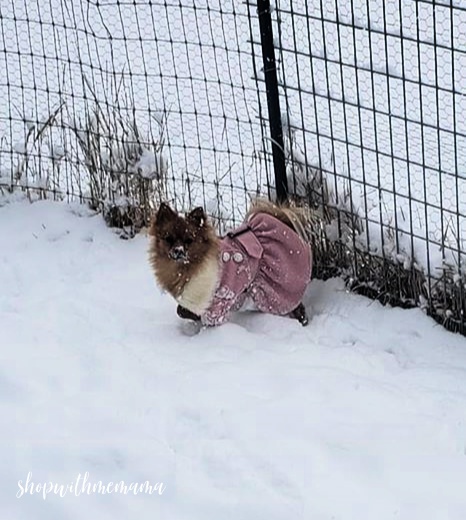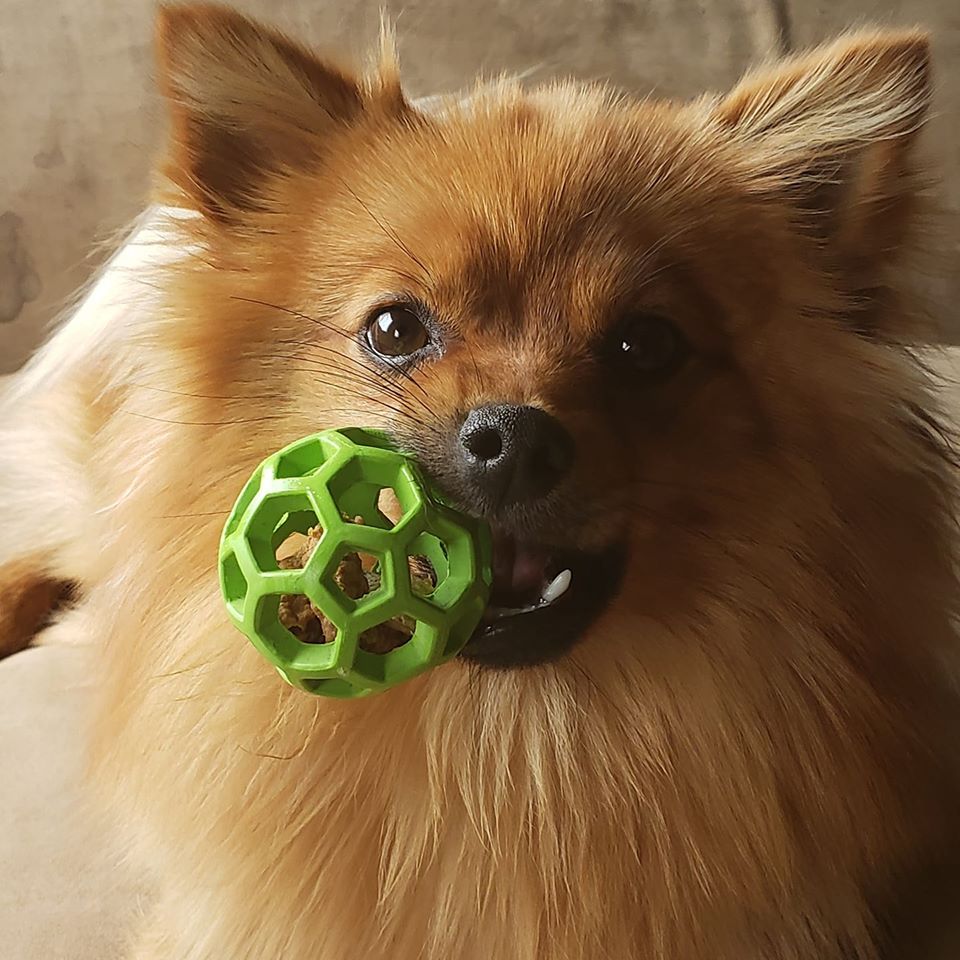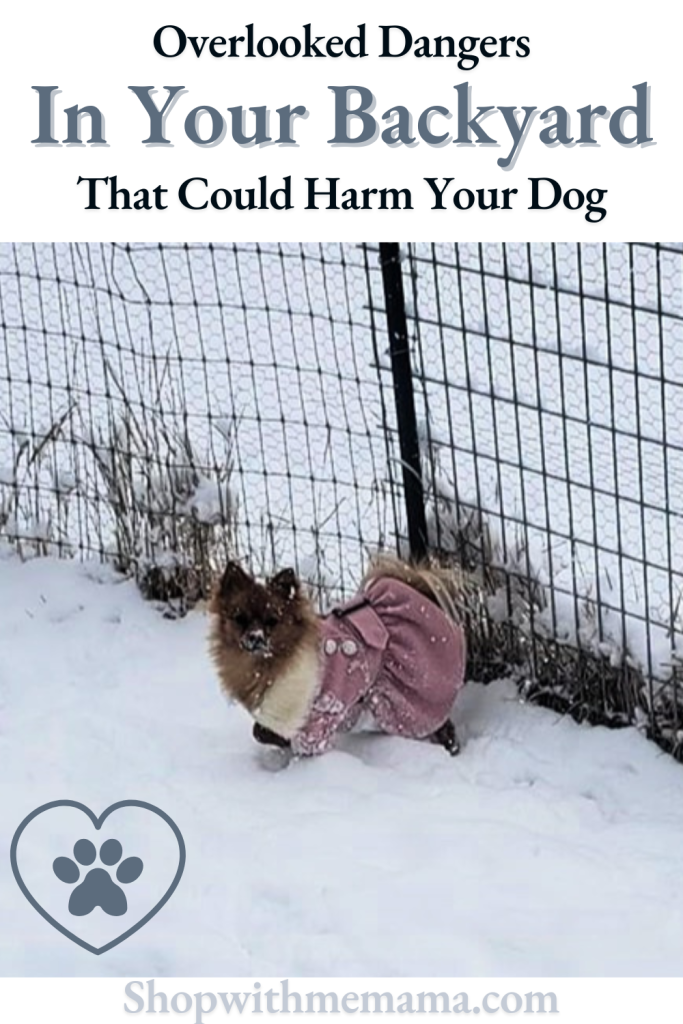Today, we will talk about something very important if you are a dog owner. We talk about the most overlooked dangers in your backyard that could harm your dog.
Your backyard should be a safe space where your dog can play, explore, and relax. However, many common outdoor hazards go unnoticed by pet owners until they cause harm.
From toxic plants to hidden choking hazards, it’s important to identify potential dangers before they become a problem. A few simple adjustments can make your backyard a much safer environment for your furry friend.
Even choosing high-quality accessories, like dog collars from Dog Friendly Co., can contribute to your dog’s safety by ensuring they are comfortable and secure while exploring the yard.

Overlooked Dangers in Your Backyard That Could Harm Your Dog
But beyond collars and leads, a thorough check of your outdoor space is important for preventing accidents and health issues. Below are the most overlooked dangers in your backyard that could harm your dog!
Toxic Plants and Flowers
Many popular garden plants are toxic to dogs, even if they seem harmless. Some can cause mild stomach upset, while others can be life-threatening.
Common toxic plants to dogs include:
- Oleander – Highly toxic, even in small amounts, and can cause heart issues.
- Lily of the Valley – Can lead to vomiting, seizures, and heart arrhythmias.
- Azaleas and Rhododendrons – May cause vomiting, diarrhoea, and even coma in severe cases.
- Sago Palm – All parts of this plant are toxic, especially the seeds, which can cause liver failure.
If you have any of these plants in your backyard, consider replacing them with pet-safe alternatives such as marigolds, camellias, or sunflowers.
Hidden Choking Hazards

We all know how much dogs love to chew, dig, and explore with their mouths! This can sometimes lead to serious choking risks!
Common backyard choking hazards include:
- Small garden decorations or ornaments – If chewed or broken, they can become sharp or small enough to swallow.
- BBQ scraps and bones – Cooked bones splinter easily and can cause choking or internal injuries.
- Tennis balls and toys left outside – Over time, these can degrade and break into pieces that may be swallowed.
Always supervise your dog when they are playing outside, and check for small objects they might try to chew on.
Unsafe Fencing and Gaps
A weak or poorly maintained fence can lead to dangerous escape attempts. Even if your dog doesn’t normally try to run off, an unexpected loud noise or another animal passing by could encourage them to squeeze through a gap.
My little Pomeranian, Daisy, is an escape artist! She can and will squeeze out of ANY little hole she can find! Ugh. However, I think we finally figured it out and fixed it once and for all!
It was so scary when she would just disappear! She would never be gone more than 5 minutes, but we all know with dogs, a LOT can happen in that 5 minutes!!
Things to check:
- Loose or broken fence panels – Dogs can push through or dig underneath weak fencing.
- Gaps in gates – Small and medium-sized dogs can often slip through narrow spaces.
- Sharp edges or nails sticking out – These can cause cuts and injuries if your dog brushes against them.
Consider reinforcing your fence with secure materials and regularly checking for weak spots.
Chemical Hazards
Many common garden products contain chemicals that can be harmful to dogs!
Some garden products to check for:
- Fertilizers and pesticides – Some contain toxic ingredients that can cause poisoning if ingested.
- Slug and snail bait – These often contain metaldehyde, which is highly toxic to dogs.
- Weed killers – Some herbicides can be dangerous, especially if your dog walks on treated grass and licks their paws.
Opt for pet-friendly and/or natural alternatives or keep your dog away from treated areas until they are completely dry.
Unsecured Compost and Garbage Cans
Compost heaps, garden waste or unsecured garbage cans might not seem like a major threat, but they can contain moldy food, toxic plants, or sharp objects. Dogs are naturally curious and may try to dig through the trash, leading to food poisoning or other serious injuries.
To keep your dog safe:
- Use a secure compost bin with a lid.
- Keep rubbish bins covered and out of reach.
- Avoid composting food scraps that could be toxic, like onions, grapes, or coffee grounds.
Standing Water and Ponds

Still water can quickly become a breeding ground for bacteria, parasites, and mosquitoes. If your dog drinks from contaminated water, they could develop serious health problems such as Giardia or Leptospirosis.
Ways to prevent water-related issues:
- Regularly refresh and clean any outdoor water bowls.
- Cover or treat ponds with safe water-cleaning solutions.
- Empty buckets, birdbaths, or other standing water sources that collect rain.
Creating a Safe Outdoor Environment
Making your backyard dog-friendly doesn’t mean you have to get rid of all plants, decorations, or outdoor furniture. Instead, it’s about being mindful of potential risks and taking simple steps to prevent harm and make sure your dog is as safe as possible.
By checking for toxic plants, securing fencing, and removing hazardous objects, you can create a safer and more enjoyable space for your dog to explore and give them the best life ever!
Do you have anything you want to add to my blog post about the most overlooked dangers in your backyard that could harm your dog? If you do, please leave it in a comment below!
PIN IT!

Leave a Reply